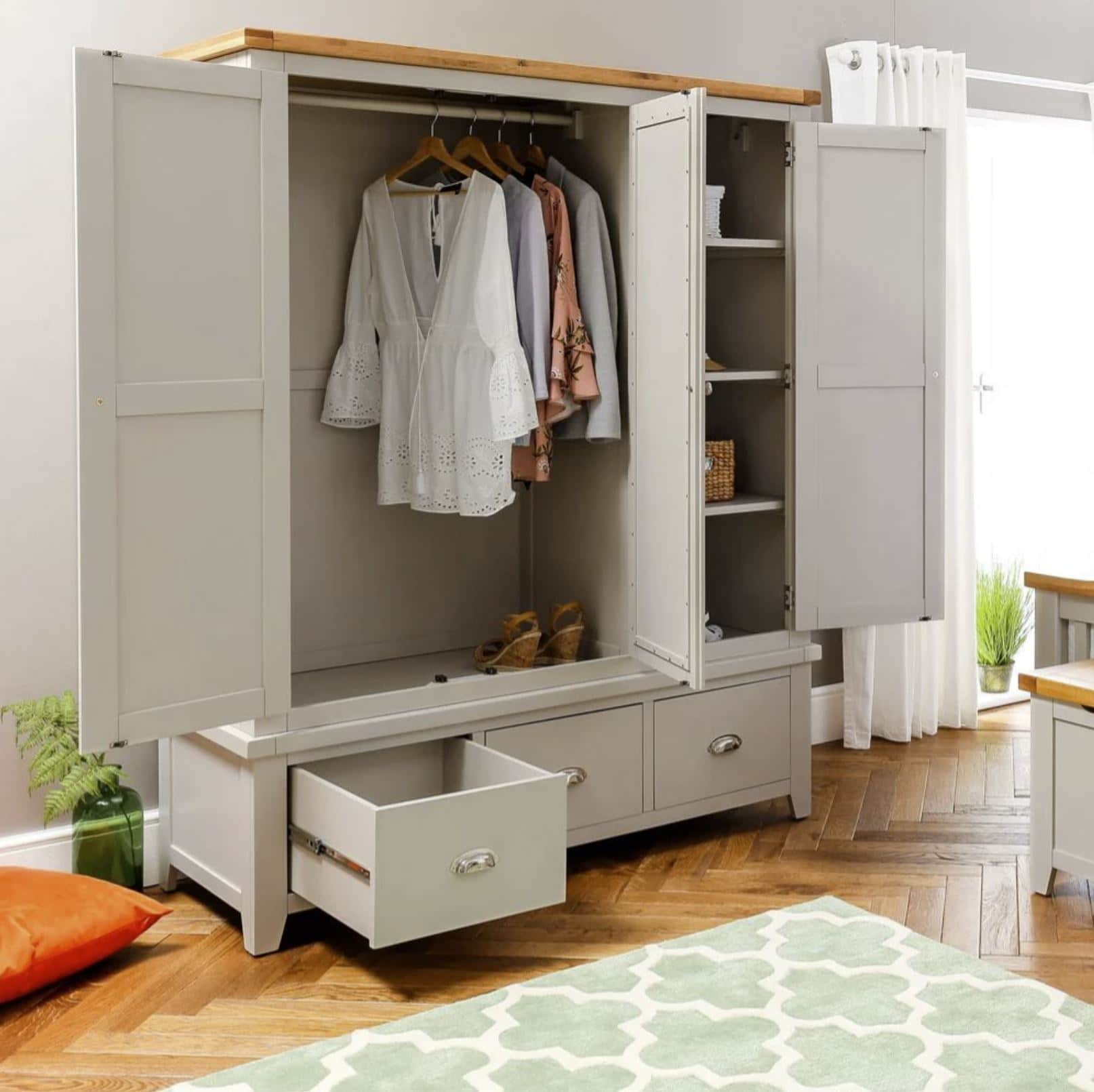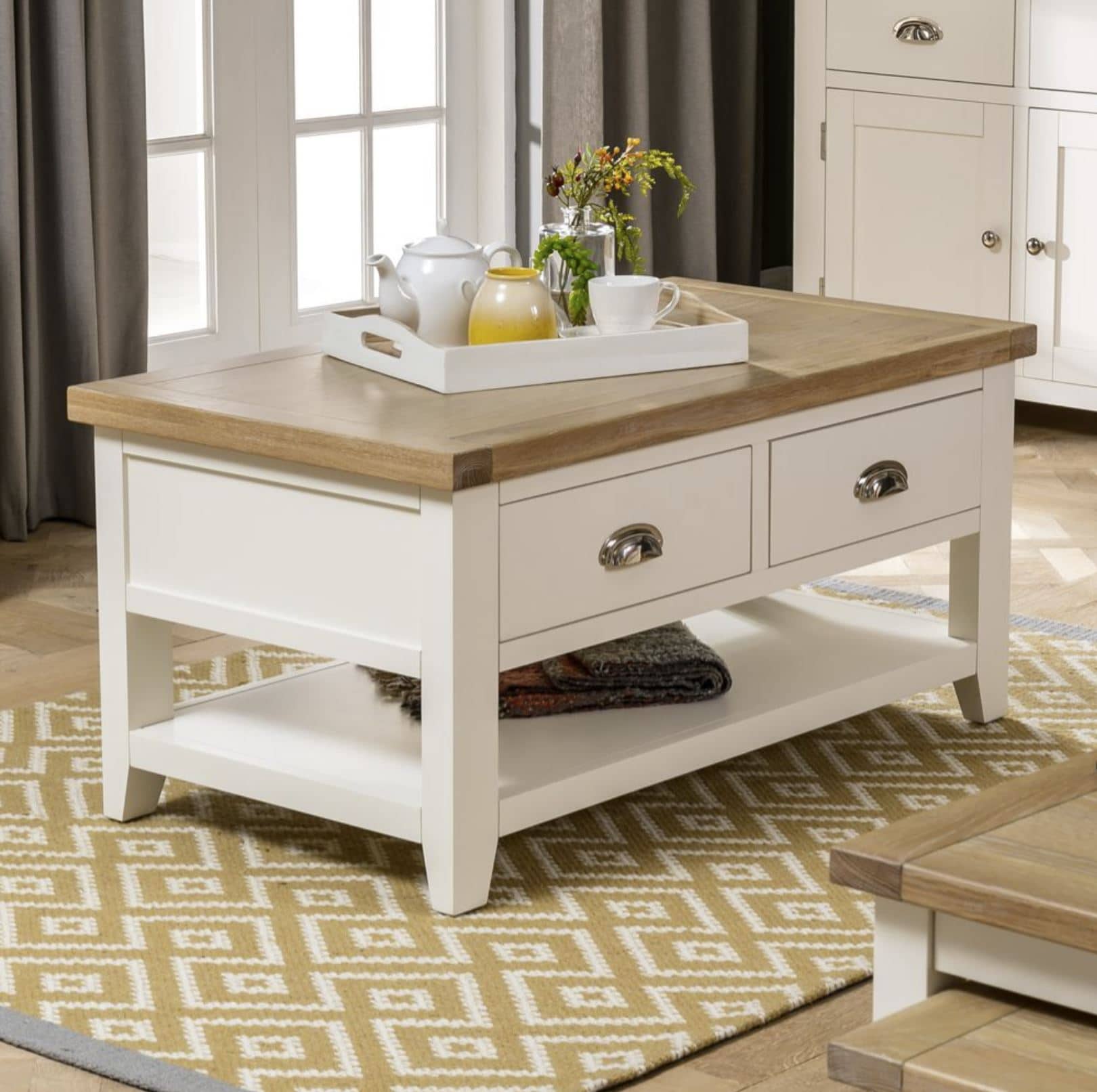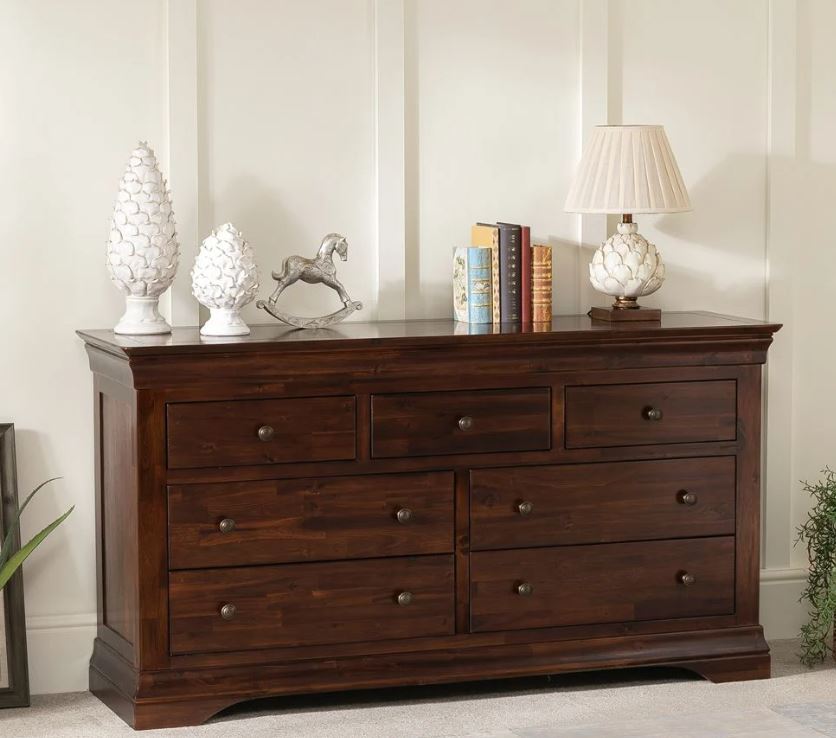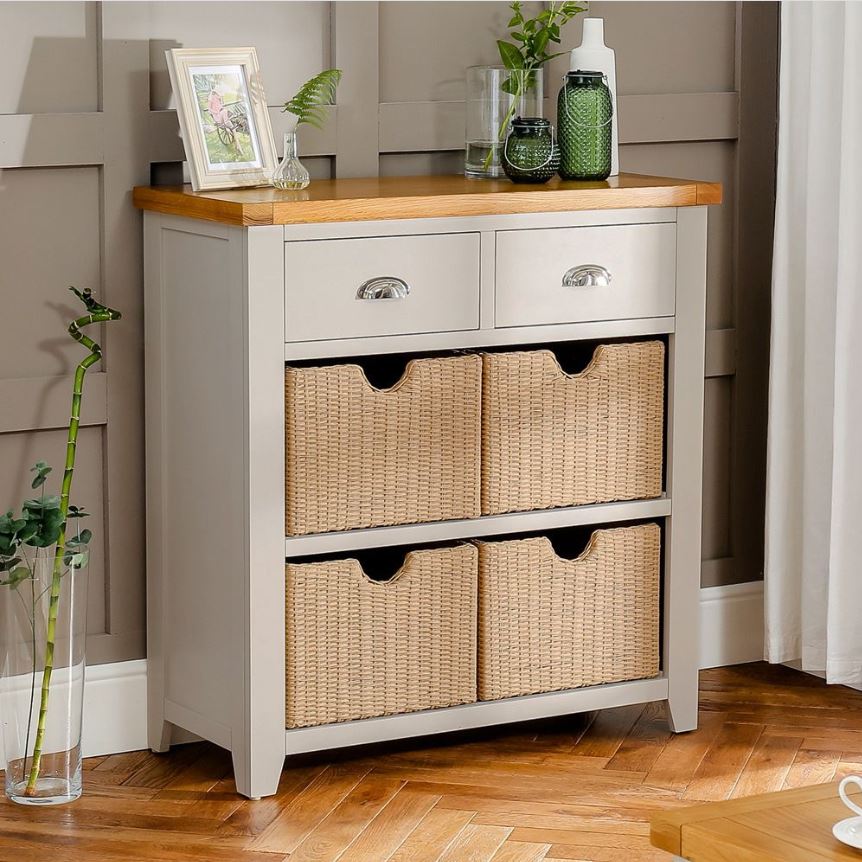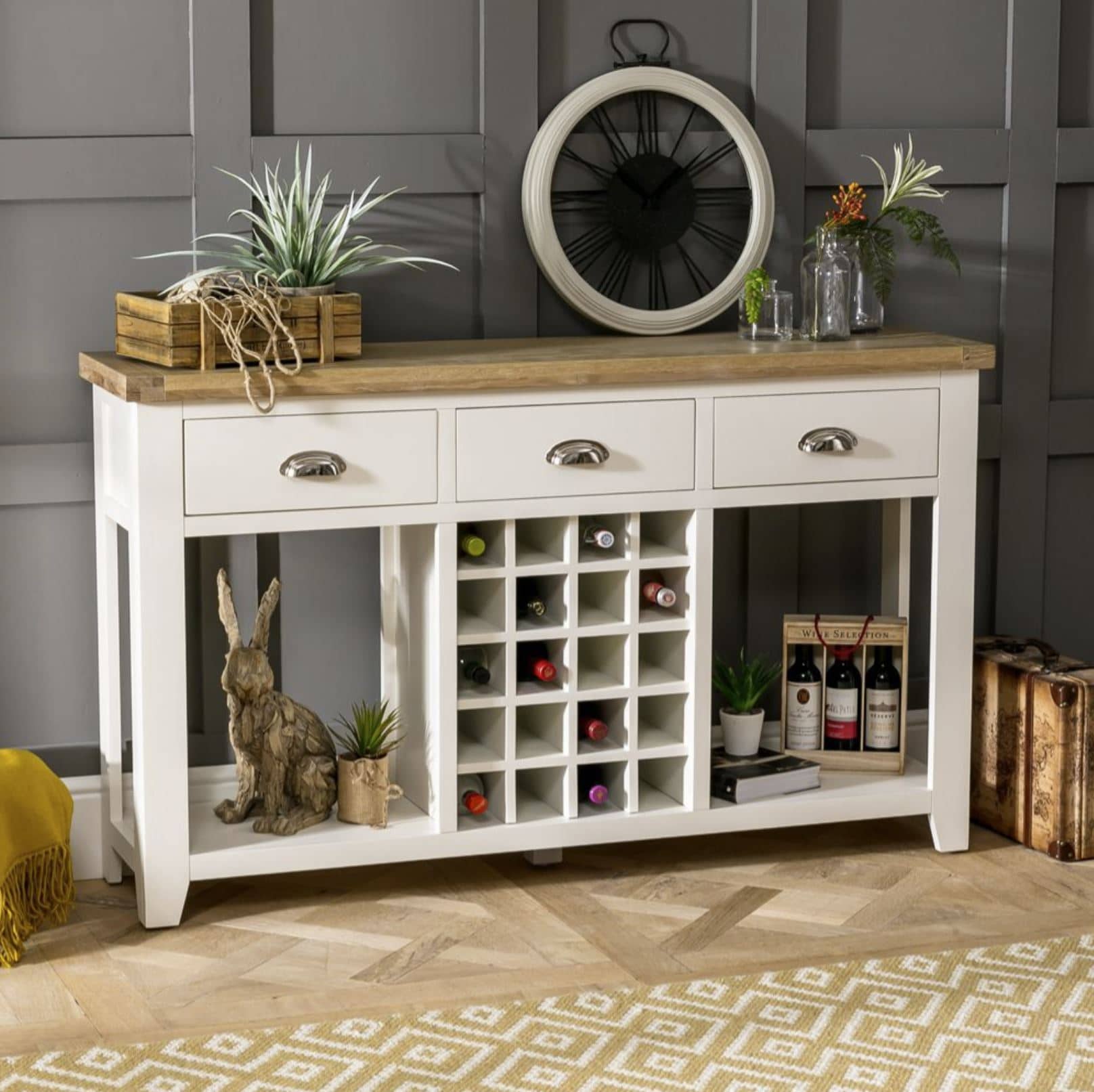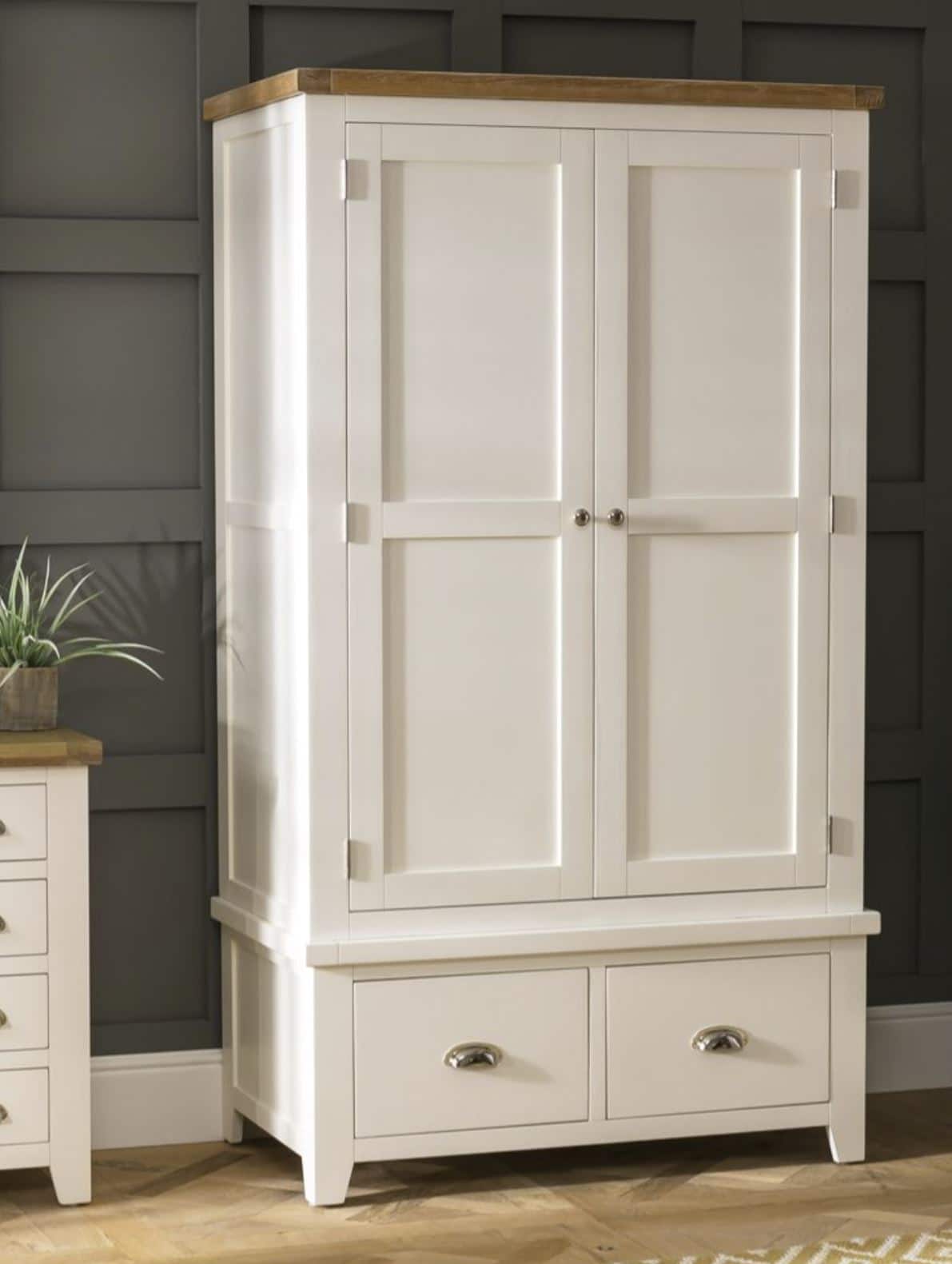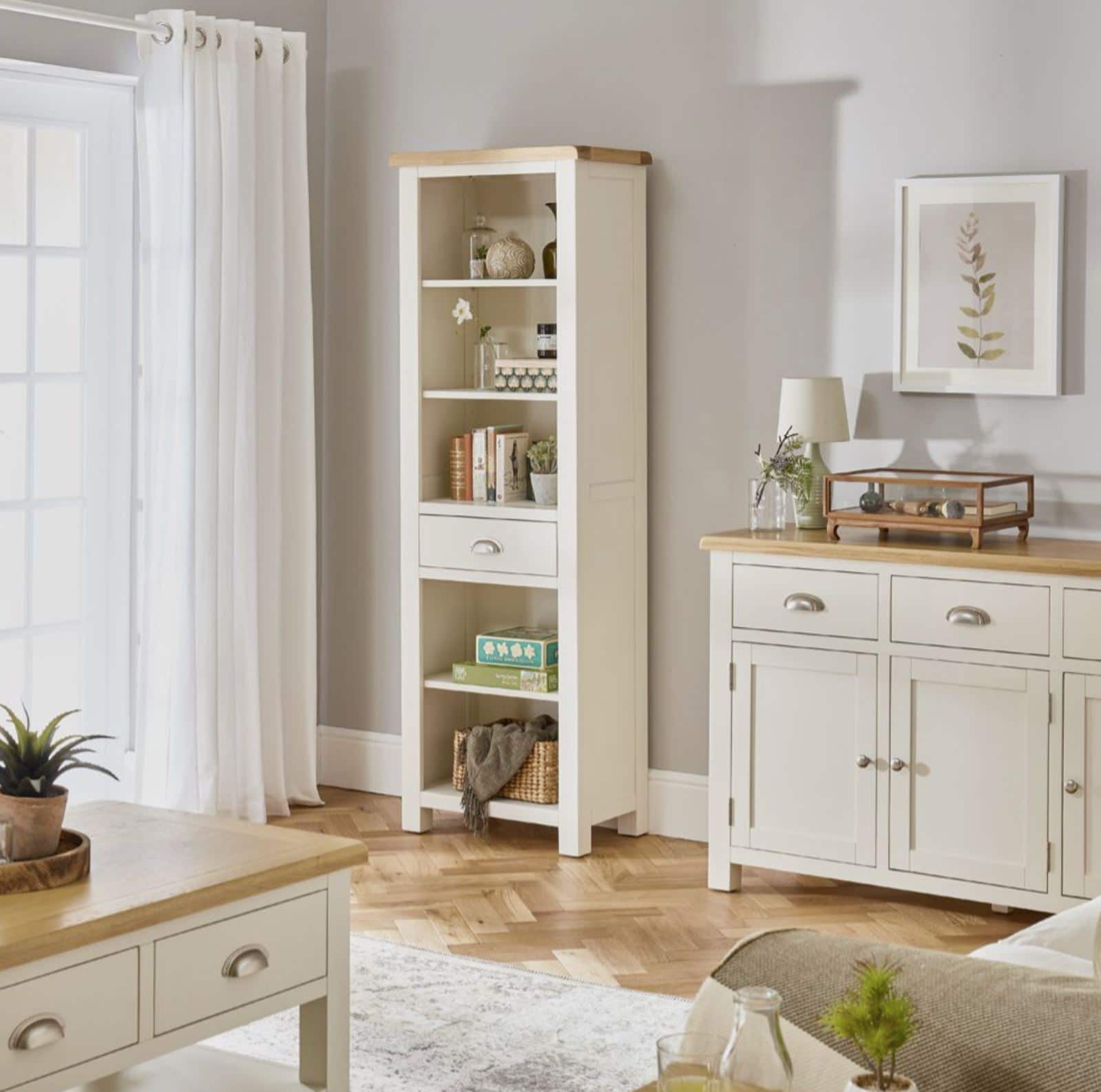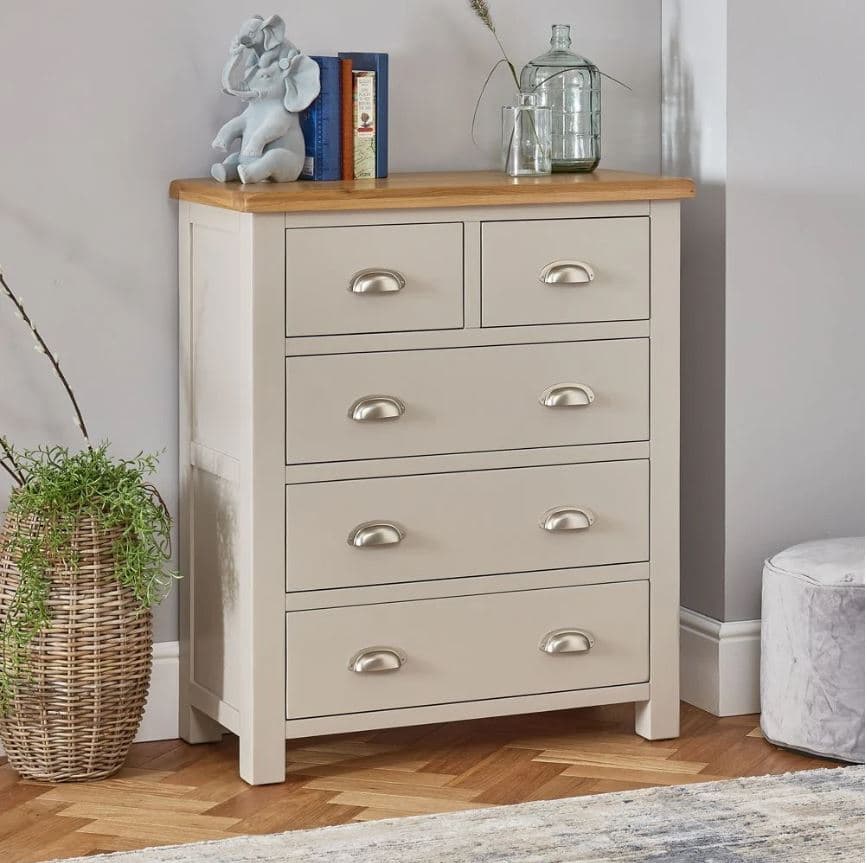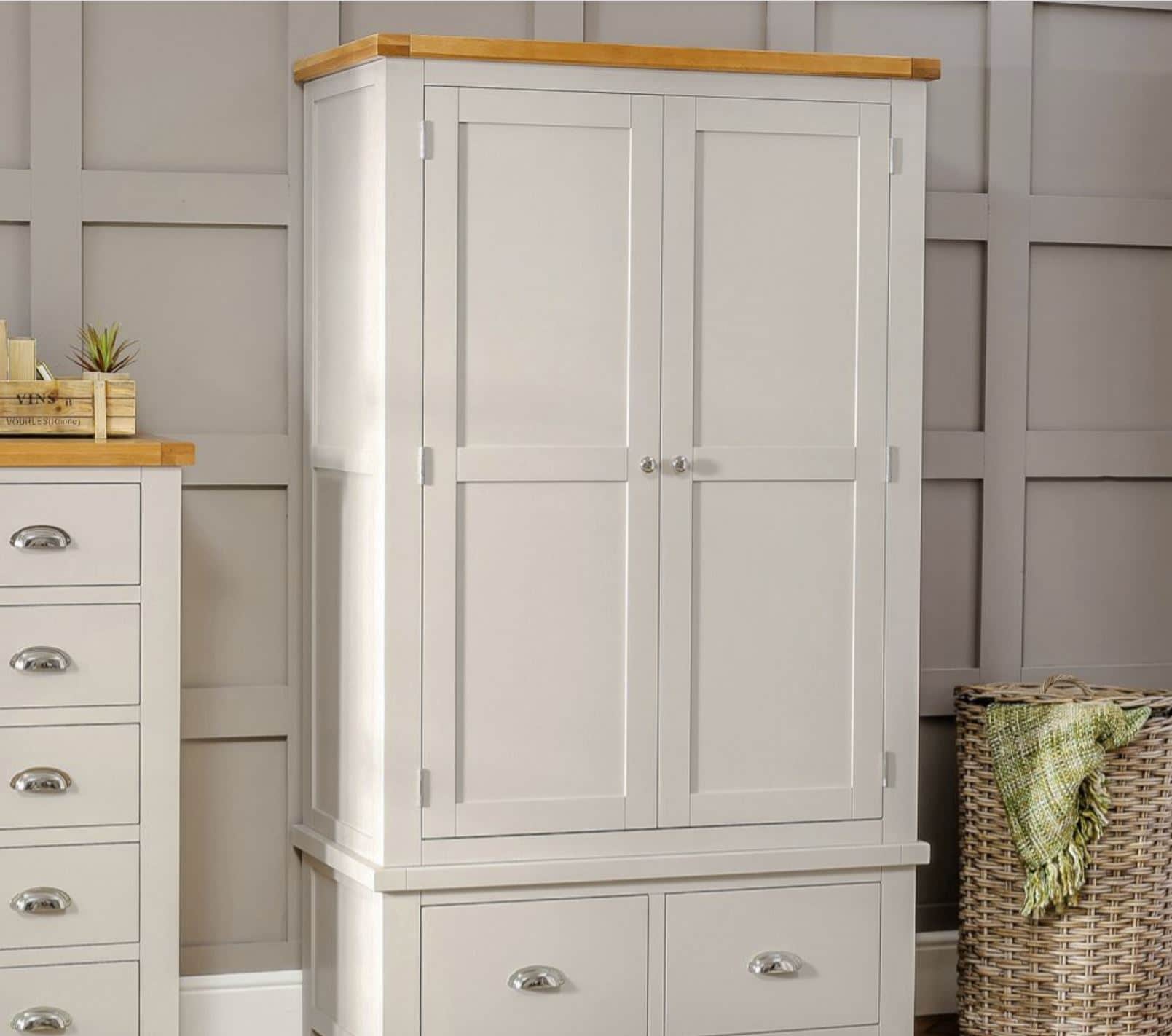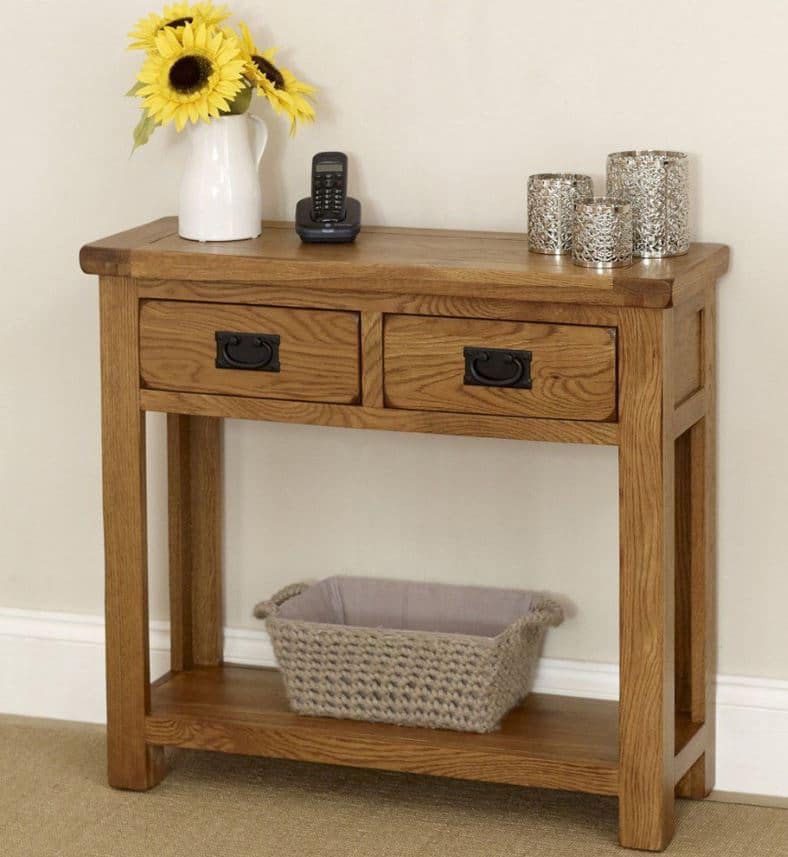How to Create a Jacobean Home Interior
- By Alicia Newman
- User Guides
- views
Today we are heading back to the days of Guy Fawkes with a look at the simple yet striking interiors of the Jacobean period between 1603 and 1700. These traditional interiors were the perfect combination of rugged and refined and their design features are still maintained in many stately homes across the UK.
With a large array of items and materials making their way across Asia, designers of the period began to explore different styles and finishes that were entirely new to Great Britain during this time. A blend of classic European style and a dash of eastern influence came to be the staple look of Jacobean interior design. Simple panelled walls and rich and colourful fabrics provided a simplicity and elegance that perfectly balanced the exotic style of many of the furniture items.
Jacobean interiors and in particular their furniture embraced a 3D style of carving that brought the furniture items and the story that they told to the forefront of the home and made them a striking and eye-catching visual focal point. This technique was used particularly well in large and imposing fireplaces as well as grand stairwells and banisters as the carvings could be viewed at a full 360 degree angle and appreciated to their full artistic beauty.
Heraldic designs were also a key feature of Jacobean furniture design with many items bearing the coats of arms of the family and creating a statement of power and wealth within their chosen interior setting. These carvings would often be featured as part of the fireplace, on the backs of the dining chairs and were also hung as tapestries in grand hallways or ballroom areas.
Expensive materials and unusual design techniques that were making the way from Asia had begun to be added to the homes of Britain. Statement furniture items were created to showcases these new and intricate designs. Traditional craved oak was often replaced in favour of more eastern inspired lacquered wood that gave a dark and rich outer appearance and perfectly complimented the rich colours of the accessories and fabrics of the time. Mother of pearl was a favoured embellishment for many furniture items with inlays to drawer fronts and frames around carvings being further accentuated with this glamorous and shimmering material. Some items of furniture were believed to have been painted in more bold and colourful paint finishes, however very few of these designs still exist today.
Accessories were most often crafted from wood or silver or sometimes a classic combination of the two. Marine emblems and motifs were a signature style in the silverware of the Jacobean period with many vases, bowls and candelabras being formed into elegant mermaid shapes, wave designs and shell images to create a textured and detailed visual finish that looked wonderful against the chunky wood of the period.
To contrast against the often dark and deep tones of the wooden wall panelling and heavily carved furniture, fabric during the 1600s was light and bright and showcased an array of rich and bold colour tones that both contrasted and complimented the dark interior feel. Floral motifs were the most popular pattern and would regularly be used in cushions, curtains and even upholstery for a sofa, chair or bedding arrangement. Fruits and vine designs were also a prominent feature in many homes with the intricate details of the pattern being carefully embroidered by hand to accentuate the elegant and fluid designs and well as making a 3D style finish that complimented the carvings of the surrounding furniture.
For more ideas on how to embrace the Jacobean style in your home interior then take a look at our latest Pinterest board - Pinterest - Jacobean Interiors.

